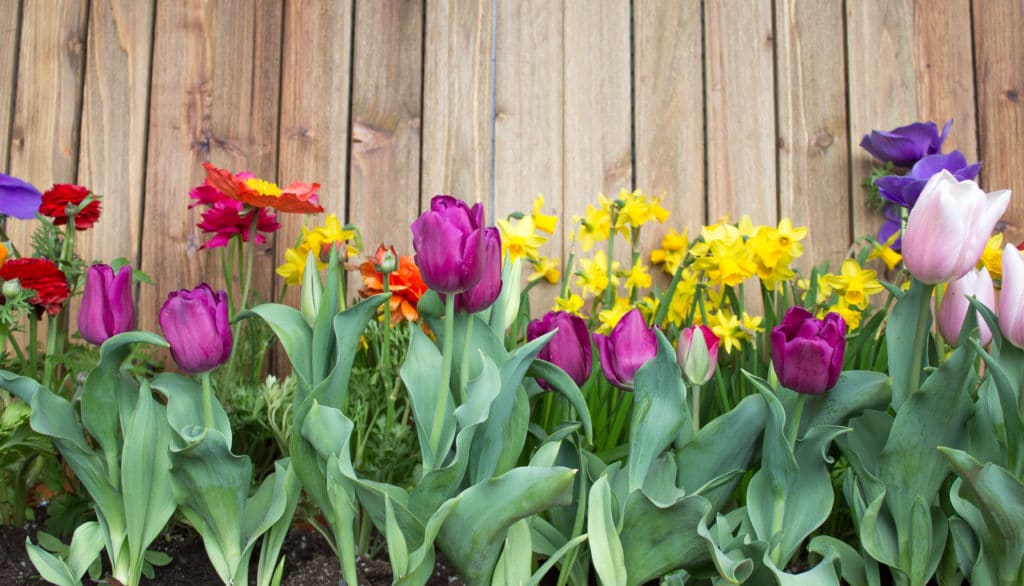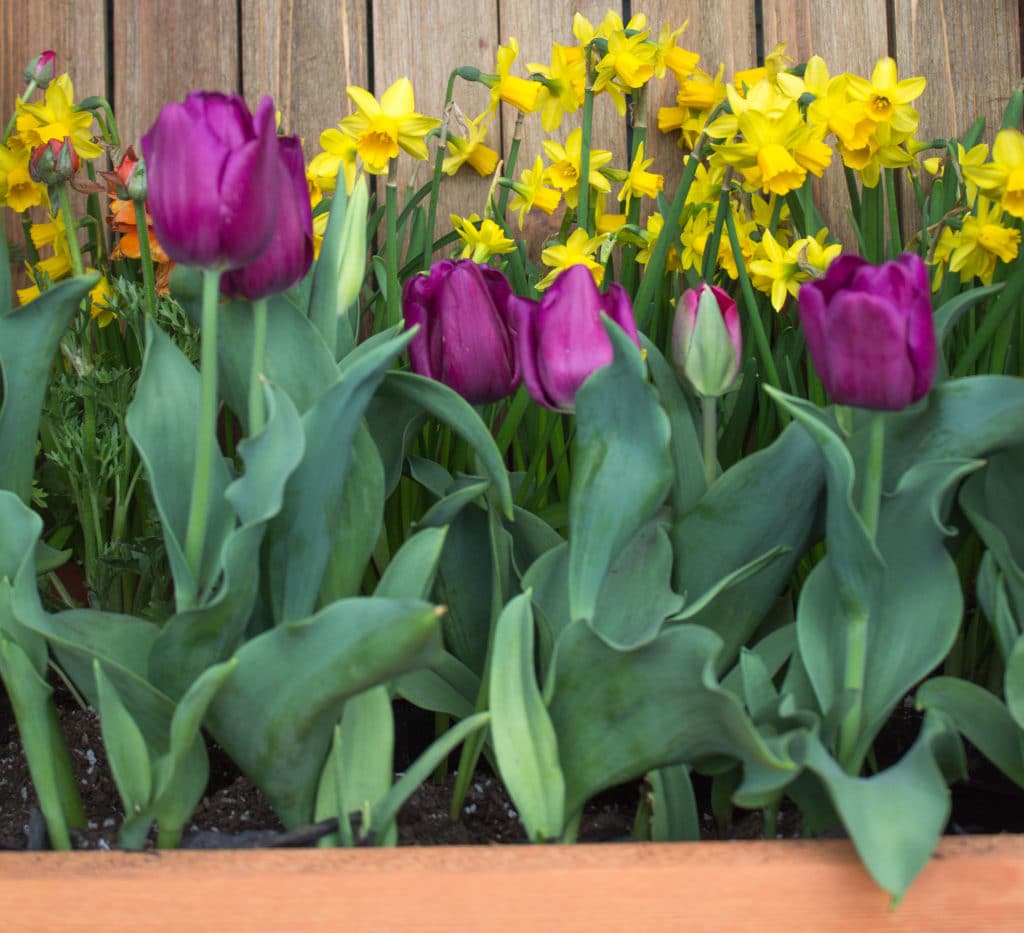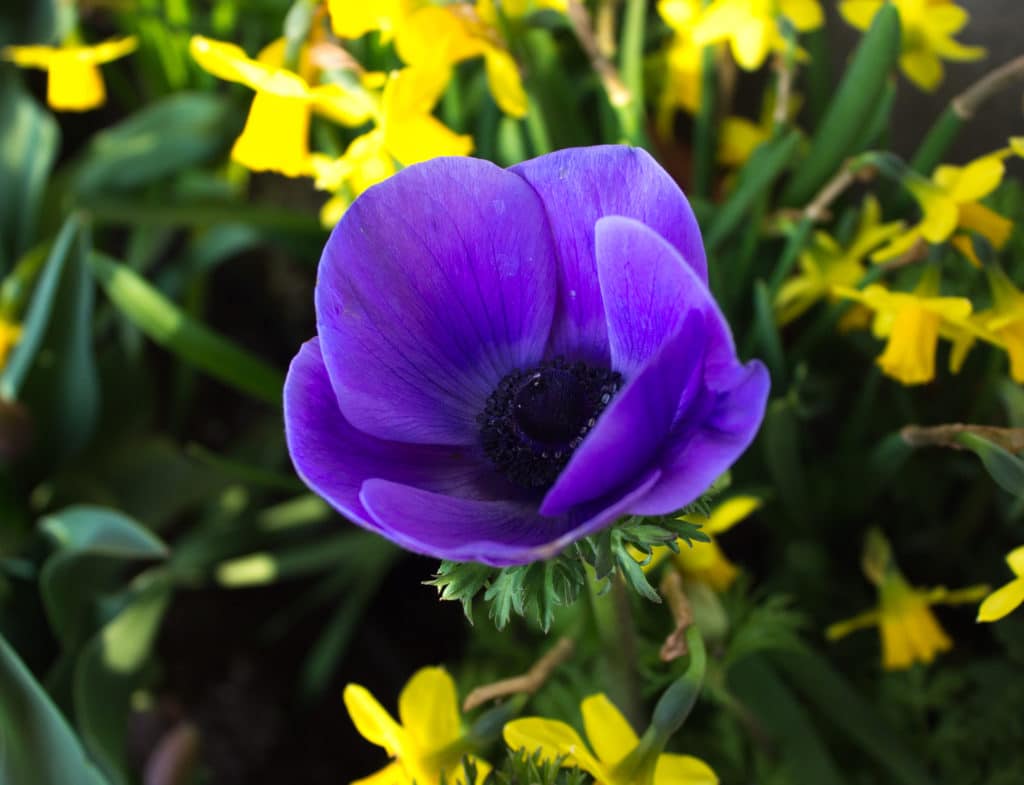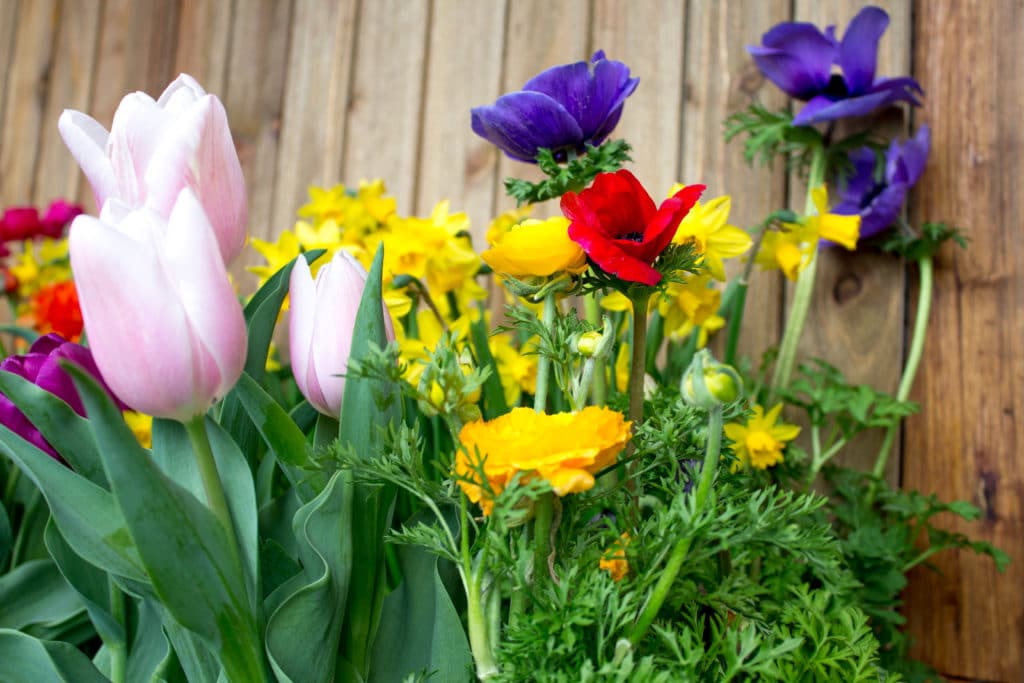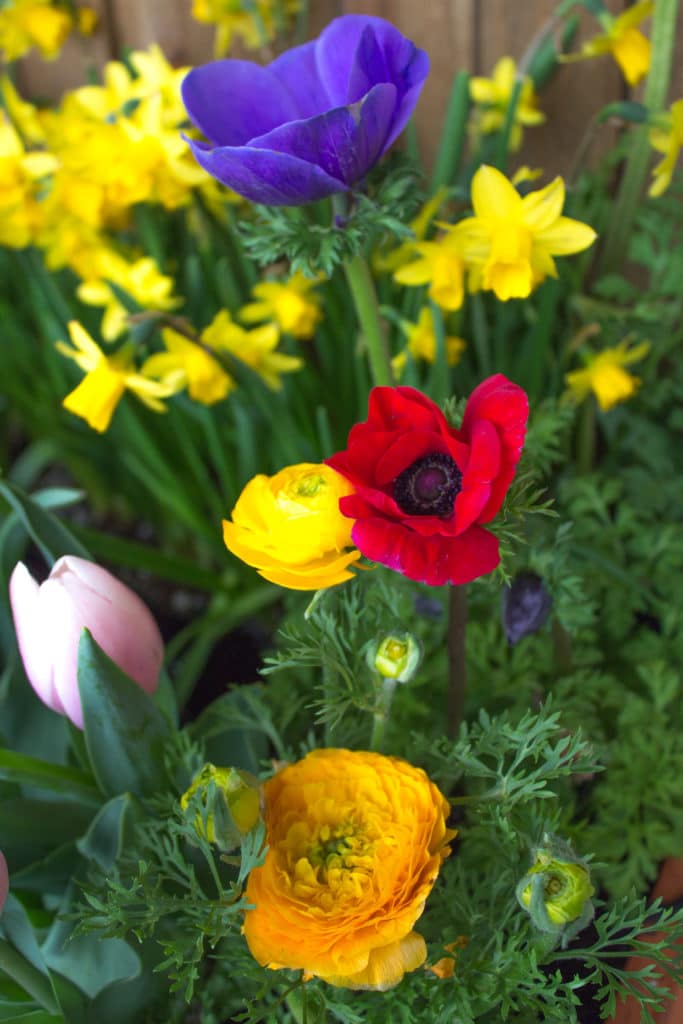How to Grow a Cut Flower Garden
Do you dream of filling your home with vases upon vases of beautiful flowers during spring, summer, and fall? If you do, and care to do it inexpensively, then you need to learn how to grow your own cut garden!
I personally love growing a cut garden for two main reasons:
- You can use the flowers from your cut garden to fill vases and create gorgeous table centerpieces, home decor, dried flower crafts, and gifts for family and friends.
There’s just nothing like having fresh flowers in your home, especially when you’ve grown your favorite varieties! - Since the purpose of a cut garden is to cut the flowers when they bloom versus fitting into the overall landscape of your yard, you don’t need to worry about creating the perfect garden design for it; all you need is to designate a space in your yard where you can plant a couple of seeds and bulbs.
This means you can plant your favorite flowers without worrying too much about height, color, or texture combinations or whether they complement your yard.
(This post may contain affiliate links).
The two reasons above make growing a cut garden an ultra-low-maintenance task; it’s one of the most low-maintenance gardens you can grow and yet it yields huge rewards.
If you take a little time to choose your flowers wisely, you can have blooms available to you throughout Spring, Summer, and even Fall.
This year, I decided to make my cut garden an even easier process by growing it in a raised garden bed.
My raised garden bed isn’t large; it’s a little over 3 feet long but it’s just enough room for me to squeeze in some of my favorite annual and perennial flowers.
I can double up on my efforts by using two or three raised garden beds for this purpose and I can even move them to different areas because they’re portable!
Growing a raised garden like this for your flower beds, vegetables, and herbs, is an excellent option for people with back or knee problems because it lets you avoid having to bend or kneel down to tend to your garden.
It’s also a great alternative for people who have poor soil and don’t want to deal with amending it.
Best Flowers for a Cut Garden
The good thing about a cut flower garden is that you have a large variety of flowers and plants to choose from.
However, you should stick to flowers that grow on long stems, since you’ll be placing them in vases and you’ll want some height to them.
Most cut gardens rely heavily on annuals because they’re fast growers and are also long-blooming.
Annuals feature strong, rich colors and interesting petal shapes. Some of the best annual flowers to grow in a cut flower garden include:
Zinnias
Marigolds
Cosmos
Sunflowers
Dahlias
Sweet Peas
Ranunculus
Poppies
Perennials, however, also have their place in the cut garden. Perennials can provide added texture, height, and foliage, and they’ll come back for a few years after they’re planted.
Some of the best perennial flowers to grow in a cut garden include:
Snapdragons
Lupines
Pincushion flowers
Bearded Iris
Purple Coneflowers
Daisies
Liles
After sorting through annual and perennial options for your cut garden, don’t forget your bulbs!
Bulbs like tulips, daffodils, anemones, and alliums make for stunning floral arrangements and are also easy to grow. I personally can’t resist a few tulips in my garden and vases!
How to Choose Flowers for Your Cut Garden
When choosing what flowers you’re going to plant in your cut garden from the lists above or from your own research, there are a few things you should consider before planting.
When I put together a plant list for cutting gardens, I try to include a few flowers that can satisfy one of the following requirements:
Height
Color
Shape
Texture
Since you’ll be cutting your blooms and creating centerpieces and floral arrangements in vases, you’ll want to include a few flowers with height, a few that feature a round shape or interesting flower petals, a few that feature bold colors like yellow and pink, and a few filler flowers that add texture, such as Baby’s Breath or Yarrow.
For this particular cut garden, I included tulips, anemones, poppies, daffodils and ranunculus because they’re early bloomers in my growing zone (Zone 9).
I went for bold colors including purple, pink, red, yellow, and orange.
This combination will allow me to create stunning flower bouquets plus they can even be planted into separate containers and used as outdoor decor.
I currently have several zinnias, cosmos, and purple coneflower seedlings indoors that are almost ready to be planted – they just didn’t make it into this raised garden because they’re still babies!
They’ll make an appearance in a few weeks, though.
1. Consider Your Plant Hardiness Zone When Choosing Flowers
As with all types of garden planning, you should always consider your growing zone and understand which plants do best in your zone.
If you see flowers being sold at your local garden nursery that appears to be doing well, then that’s a great indication that those flowers are good choices for your growing zone.
If you don’t know your zone, head to and to the USDA Plant Hardiness Zone Map and type in your zip code to find out.
2. Consider Blooming Times When Planting Your Cut Flower Garden
Bloom times are very important and it’s one of the most important things you should consider when choosing your flowers.
The best thing to do is to plant a few flowers that have different bloom times to ensure you have blooms available for cutting throughout the growing season, instead of just a handful of weeks.
To do this, pay attention to each flower’s bloom time and write it down on a piece of paper. Try to choose mid to late spring bloomers, summer bloomers, and early fall bloomers.
Plant an array of annual flowers, since annuals are color-rich and long-blooming, but you can add some low-maintenance and long-blooming perennials in there as well, such as Purple Coneflowers and Veronica Fairytales.
3. Start Your Seeds Indoors to Save Money
You can save a lot of money on your cut flower garden by starting your seeds indoors in late Winter. It’s important to know your zone’s last frost date, because that’ll guide you in how early to start your seeds.
For more guidance on when to start or sow your seeds, check your seed packets – they usually have this information printed on the back.
For a step-by-step guide on seed starting, head over to my How to Start Seeds Indoors post.
Also, planting your seedlings and bulbs closely together will lend support to the stems that need it.
Tips for Growing Healthy Flowers in Your Cutting Garden
1. Choose a Full Sun Planting Spot
Most of your flowers will require full sun to grow. Once you’ve chosen your full sun annuals and perennials, make sure to plant them in an area of your yard that is not obstructed by shade for at least 6 hours of the day.
2. Water Your Cut Garden Regularly
Your cutting garden will need to be watered regularly. Most of your annuals and perennials will need moist soil that is always well-drained.
3. Use Quality Soil, Compost, and Fertilizer
Before planting your seedlings into the garden, you need to improve your soil by adding a layer of leaf compost and a layer of organic fertilizer above the topsoil.
Use a garden fork and trowel to work them into the soil at least 6 inches deep. This will give your plants the nutrients they need to thrive.
4. Remember to Deadhead Your Plants
If you’re serious about growing a cut garden that provides you with endless blooms during the growing season, then you need to add deadheading to your top gardening tasks.
Deadheading spent blooms encourages the plant to produce more flowers instead of using its energy to produce seeds.
You’ll get more blooms out of your zinnias, cosmos, and dahlias if you remember to deadhead.
All you need are your garden gloves and quality pruning shears.
INTERESTED IN LEARNING MORE ABOUT ANNUAL FLOWERS?
Visit the posts below for more on annual flowers and plants:
The Best Heat-Tolerant Annuals for Beautiful Blooms
16 Annuals the Bloom ALL Summer Long
The Important Differences Between Annuals and Perennials
11 Gorgeous Plants that Repel Icky Mosquitoes
Chrysanthemum Care Plus Plant Decor Tips
Cyclamen Care Tips: How to Easily Care for a Cyclamen Plant
